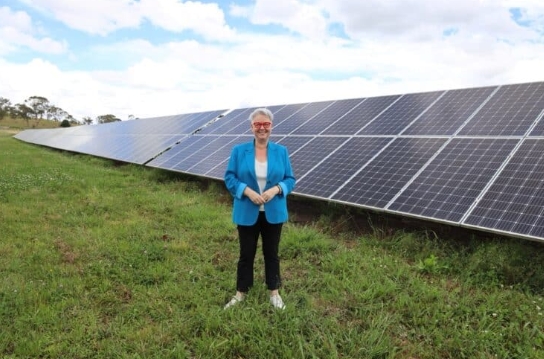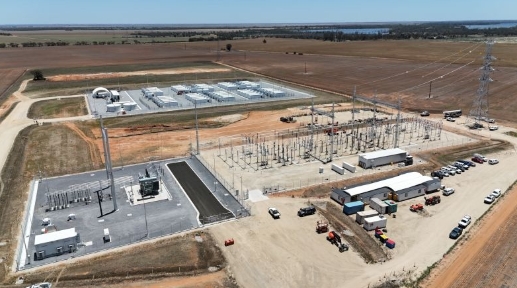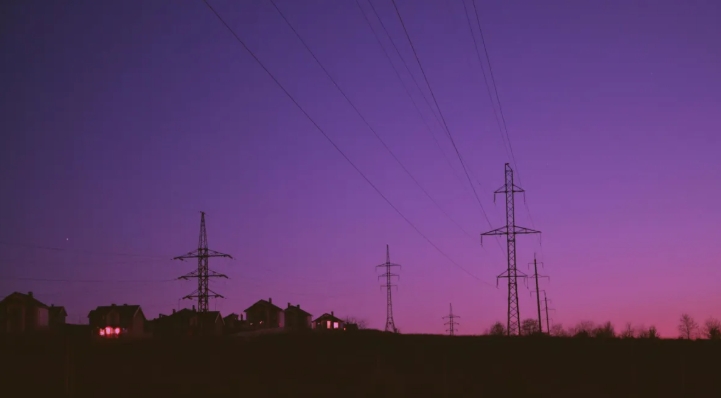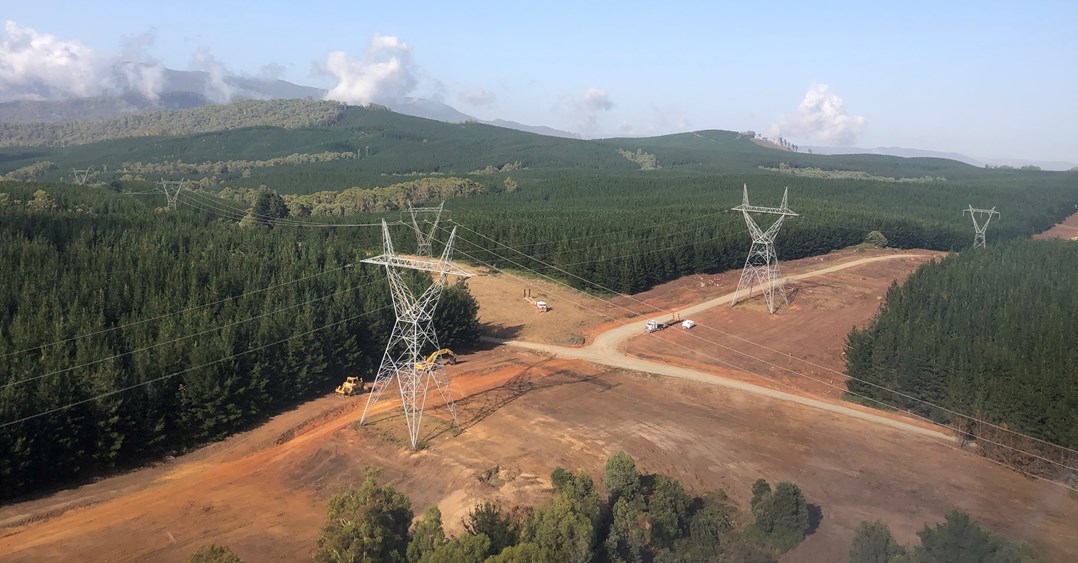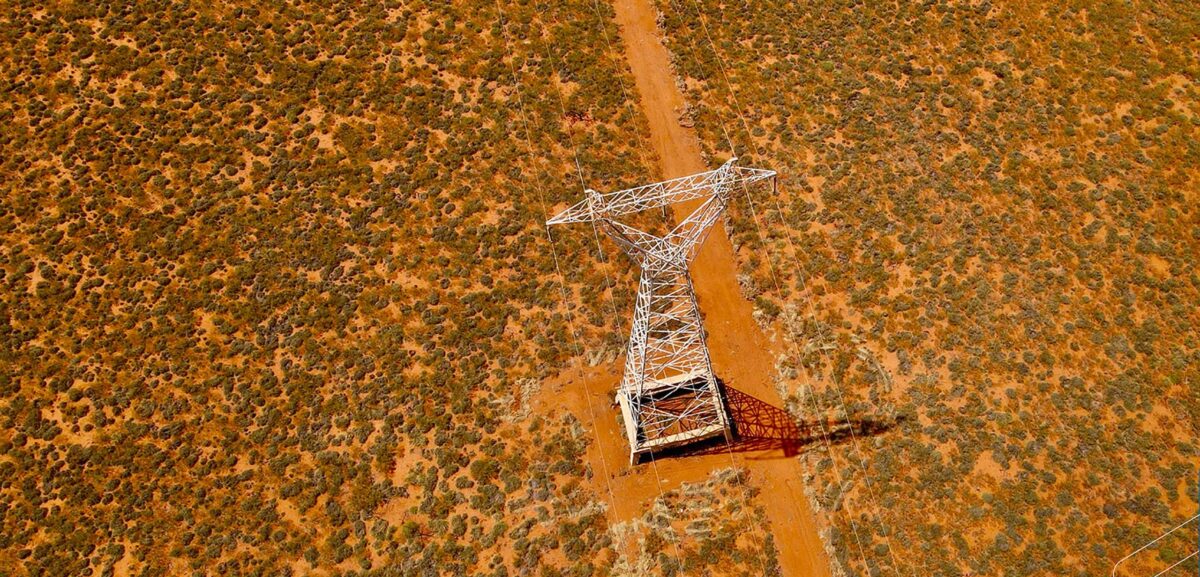
New South Wales (NSW) transmission network service provider (TNSP) Transgrid has received approval from the state government for its 365 kilometre HumeLink project, progressing it to the federal government for final approval.
The $4.8 billion (USD 3.1 billion) project will provide a 365 kilometre renewable energy infrastructure backbone across southern NSW and unlock the Snowy Hydro Scheme (SHS) expansion project, Snowy 2.0, to provide an additional 2,200 MW of on-demand energy into the grid.
Eight existing Snowy hydro power stations comprise 33 turbines with a total generating capacity of 4,100 MW that produce annually on average, 4,500 GWh of renewable energy for the National Electricity Market (NEM).
Snowy 2.0 will link two existing dams, Tantangara and Talbingo, through 27 kilometres of tunnels and build a new underground power station.
NSW Minister for Planning and Public Spaces Paul Scully said the critical state significant infrastructure HumeLink project will enable more renewable energy generation to enter the market supporting NSW’s emissions reduction targets of 50% by 2030 and 70% by 2035, below a 2005 baseline.
“HumeLink is an important investment in NSW’s energy capability, increasing the amount of renewable energy that can be delivered to consumers and helping the state move towards a net zero future,” Scully said.
The NSW government approval applied caveats on a range of issues raised in public submissions, including undergrounding of transmission lines.
Following two parliamentary inquiries into the feasibility of undergrounding transmission infrastructure for renewable energy projects, it was found that undergrounding would be significantly more expensive than current regulatory frameworks allow for consumers to pay in transmission project costs.
As a result, Transgrid has designed the project to reduce potential impacts as much as possible by locating the majority of the new transmission lines within the existing transmission line corridors.
Following federal government approval construction is expected to commence in late 2024 and be completed around 2027, according to a Transgrid statement.
